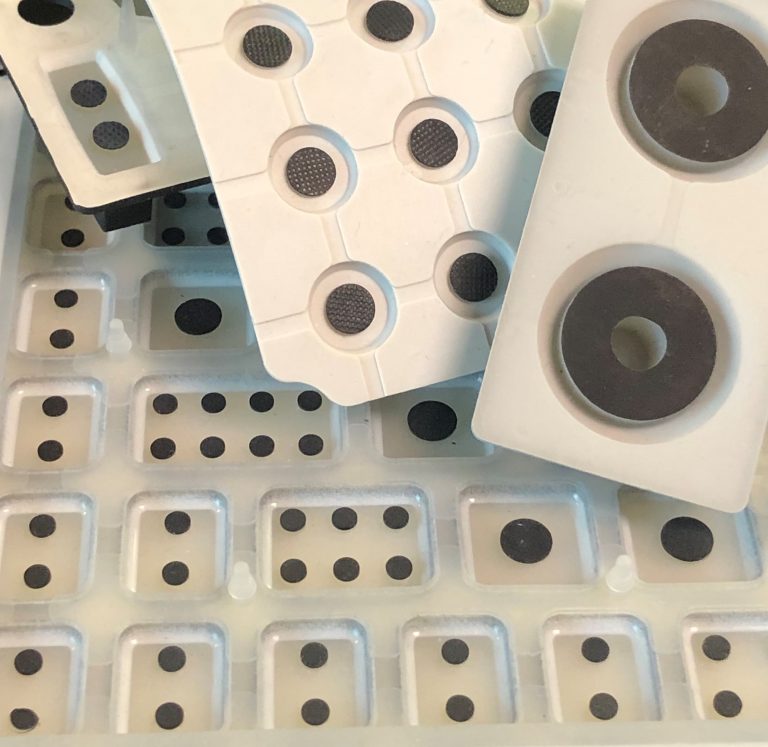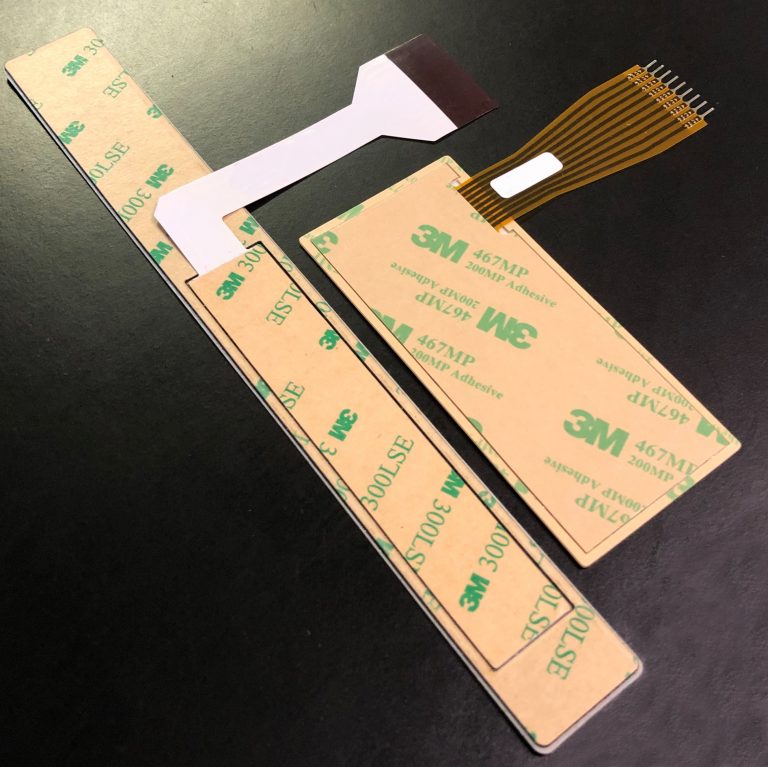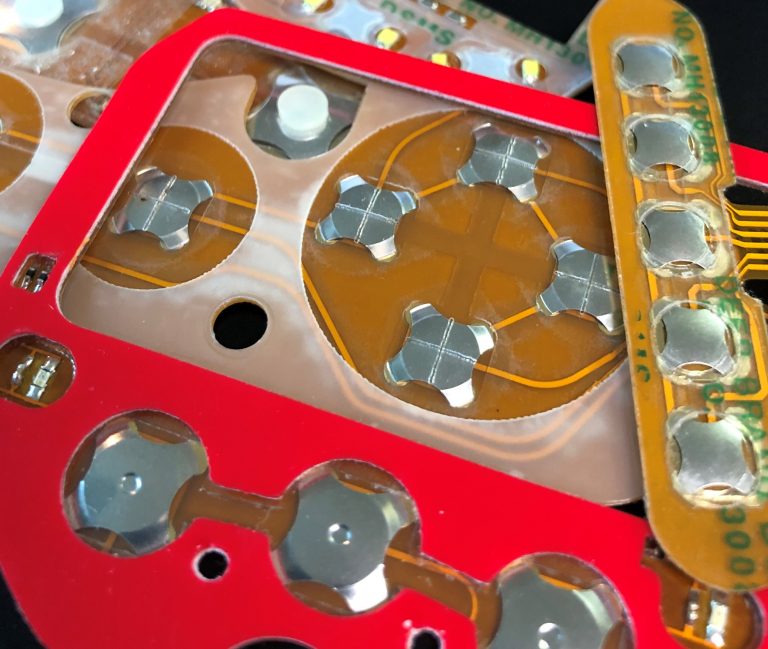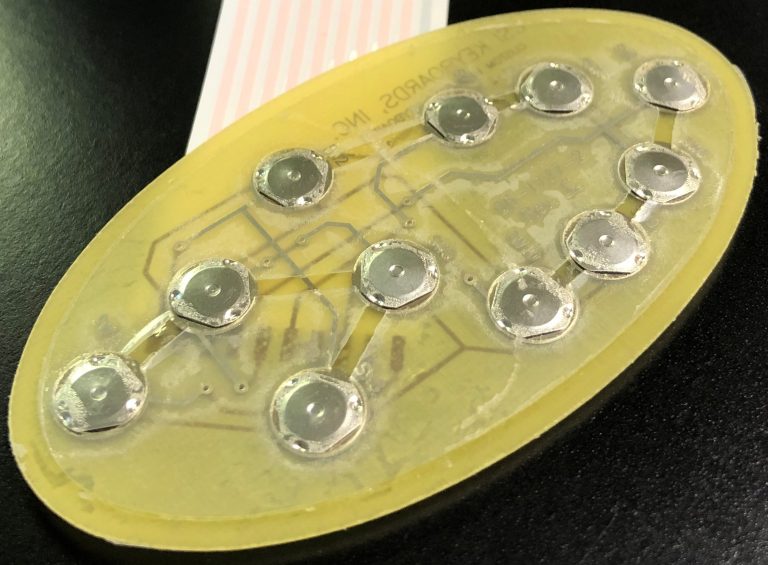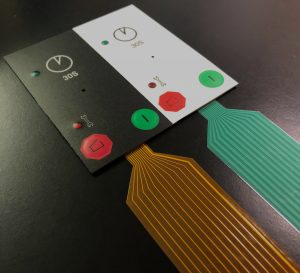The biggest case against using printed silver circuitry and thus using copper flex circuity is a phenomenon known as silver migration which occurs in microelectronics, components, PCB assemblies and membrane switches. Silver migration is the ionic movement of silver between two adjacent traces that inevitably results in a temporary electrical short.
Silver is a very active metal and is thus highly susceptible to silver migration or dendrite growth. Yet it is also a very cost effective metal for the electronic industry because of it’s conductively and usability. With the reduction or elimination of lead in electronics, silver is a very attractive choice because of its solderability and conductivity.
Silver Migration with Membrane Switches
Silver migration in membrane switches was a much bigger problem in the 1970’s and 1980’s; mainly because of the technical inability of the membrane switch manufacturers. In some cases these manufacturers were graphic screen printers who could screen print silver paste, but had little understanding of electronics or reliability issues associated with the electronics industry.
Today, with competent membrane switch manufacturers, silver migration is less of a problem. However, there are situations such as severe environments or design constraint issues where silver migration is still a risk. As in all aspects of electronics, the industry drive to reduce space and reduce costs with increased functionality continually pushes the envelope for designers and manufacturers of membrane switches.
Causes of Silver Migration
Two factors are typically required to create silver migration in a circuit using silver as the conductor:
1) A voltage potential between two traces.
2) The presence of moisture.
Ways to Reduce or Prevent Silver Migration
Some or all of the following solutions can be used to reduce or prevent the occurrence of silver migration.
- Modifying the silver composition with palladium or copper.
- Covering the silver traces with an inert coating such as a protective carbon layer and/or an overcoat dielectric.
- Increasing the conductor spacing between traces that have a voltage potential.
- Reducing the voltage.
- Preventing moisture penetration greatly reduces the risk of dendritic growth. Gasketing and sealing technology can stop the ambient penetration of moisture; elevated temperatures will make it necessary to utilize other methods to reduce migration.
- There are several areas of a membrane switch that are more susceptible to water damage because they are collection points for moisture or allow moisture to easily penetrate such as terminations, tail break-outs, areas with low adhesion


